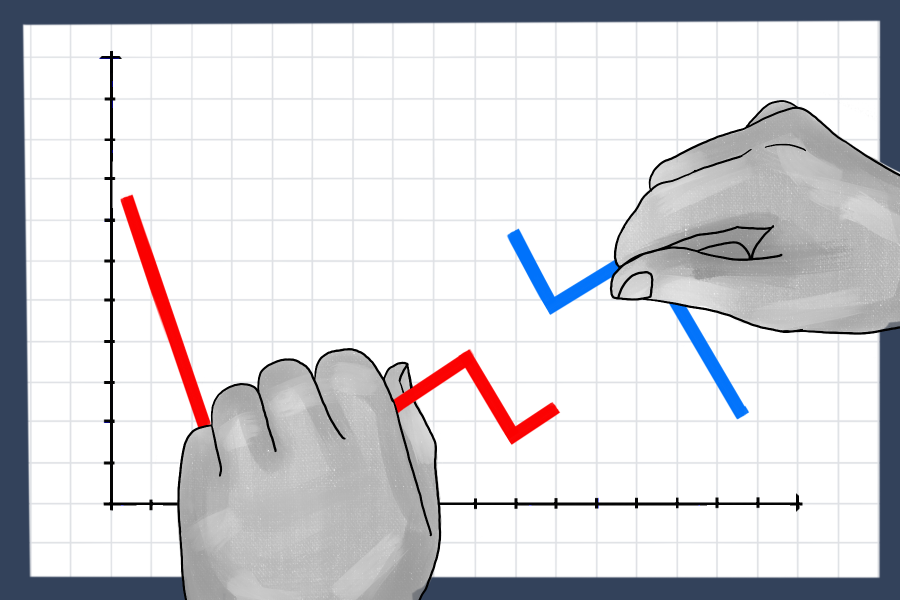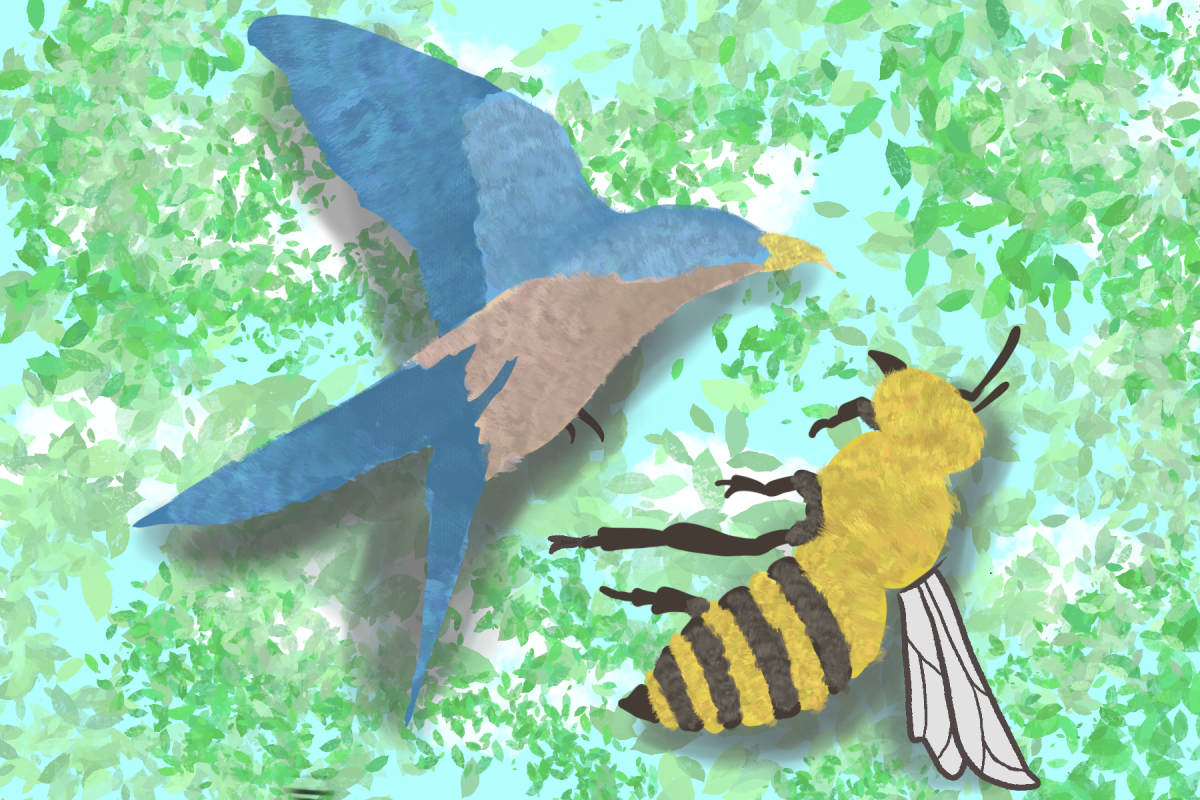Students face new challenges this semester against the backdrop of social distancing and online classes. Students in statistics classes, in particular, are finding it difficult to gather data from student sources for their final projects.
Biochemistry and psychology junior Megan Thomas’ psychology course requires its students to conduct their own surveys.
“We had to make up our own experiment and collect our own data,” Thomas said. “We made a survey with a bunch of questions and then had to send it out to about 100 to 150 people. You want as big of a sample size as you can get, so it was pretty difficult. We were kinda scrambling at the last minute to get 50+ responses.”
In order to accommodate the challenges that stem from this semester’s online format, UT professors should create different avenues for data analysis that do not involve collecting student surveys.
Without typical routes to find sources, such as standing out on Speedway to ask passing students, posting QR codes in the hallways or asking teachers to pass on the information in the classroom, statistics students are more pressed to find sources via social media.
Student group chats, Facebook posts and Twitter callouts are filled with final project surveys as Longhorns try to gather data for their question of inquiry. However, psychology sophomore Karishma Parikh, who is currently looking for sources to study for her psychology statistics class, said it can be tricky when everything is online.
“I think the hard part about the online surveys is that sometimes it’s hard to get enough responses,” Parikh said.
In addition to the difficulty in finding sources, the acquired data might be biased.
Data collected from surveys distributed online can be subject to voluntary response bias. The collected data will likely be from those with strong opinions about the subject of inquiry, and the statistician has little to no control over the population who chooses to answer the survey.
“I always encourage students to talk to their instructor about any difficulties they face during a course, especially during these challenging times,” Kristin Harvey, statistics associate professor of instruction, said in an email.
While it is commendable that professors are willing to work with their students during this time, professors cannot always help students if their issue is gathering sources. The root of the problem could be resolved by considering other ways to test statistics students for a final project without hypothesis testing.
One possible solution is to focus on gathering data from existing sources on the web.
For example, students could analyze national data from real-world economic trends, types of crime or mental health issues across age groups. This project would emphasize the analysis of given data using the techniques covered throughout the semester rather than collecting the data itself. In certain classes like Biostatistics, professors already encourage this practice because it alleviates the statistical biases mentioned before.
Another possible solution could be to offer students an optional final exam, rather than a final project, if they are having difficulties finding sources.
Statistics students can learn and apply their skills in other meaningful ways without having to scramble for student sources that may only produce biased data. COVID-19 has forced many changes in our way of learning and acquiring information. It is time for statistics professors to make the necessary adaptations to their classrooms for the upcoming online semester.
Barker is a government sophomore from Arlington, Texas.





















